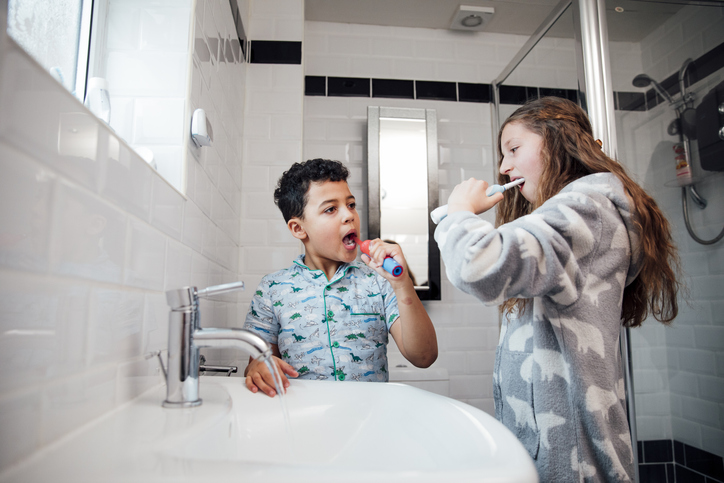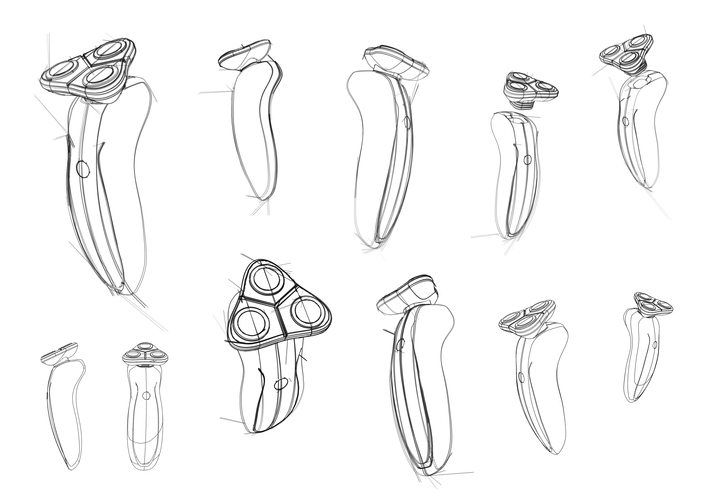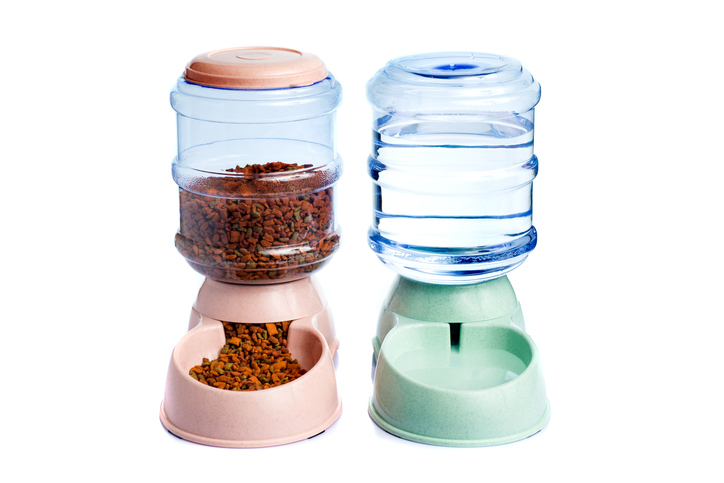Innovating with Form and Function

Recycled bottle bird feeder (gabrielabertolini, iStockphoto)

Recycled bottle bird feeder (gabrielabertolini, iStockphoto)
How does this align with my curriculum?
Curriculum Alignment
NS
8
Science Grade 8 (2020)
Learners will construct a device that utilizes hydraulics or pneumatics.
BC
6
Science Grade 6 (June 2016)
Big Idea: Newton’s three laws of motion describe the relationship between force and motion.
YT
6
Science Grade 6 (British Columbia, June 2016)
Big Idea: Newton’s three laws of motion describe the relationship between force and motion.
AB
6
Science 6 (2023)
Energy: Understandings of the physical world are deepened by investigating matter and energy.
NS
7
Science Grade 7 (2020)
Learners will test the strength and efficiency of shapes and materials used in construction.
BC
7
Career Education 7 (2016)
Big Idea: New experiences, both within and outside of school, expand our career skill set and options.
NS
7
Science Grade 7 (2020)
Learners will analyse particle theory in relation to substances in environments
YT
7
Career Education 7 (2016)
Big Idea: New experiences, both within and outside of school, expand our career skill set and options.


